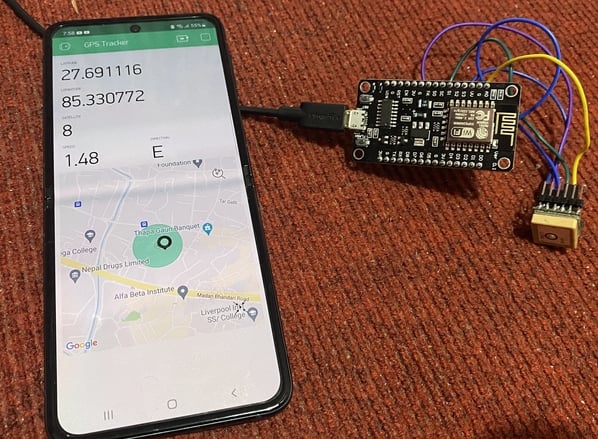
Best Way to Track Location with GPS Module
Global Positioning System or GPS is a widely used technology for tracking location accurately. GPS modules can be added to various devices such as smartphones, smartwatches, vehicles, and drones. Whether you are a professional tracking fleet vehicles or a hiker exploring nature trails, having a GPS module can greatly enhance your ability to navigate and monitor your location. In this article, we will discuss the best ways to track location with a GPS module.
Choose the Right GPS Module
When it comes to tracking location, the first step is to choose the right GPS module for your specific needs. There are different types of GPS modules available in the market, including standalone modules, receiver modules, and GPS shields. Consider factors such as accuracy, update frequency, power consumption, and ease of integration when selecting a GPS module.
Utilize GPS Data with APIs
Once you have selected and installed a GPS module, you can start utilizing the GPS data by integrating it with various APIs. There are several GPS tracking and mapping APIs available that can help you visualize and analyze the location data captured by the GPS module. Some popular GPS APIs include Google Maps API, Mapbox API, and Here Maps API.
Implement Real-Time Tracking
Real-time tracking is one of the key features enabled by GPS modules. By continuously updating the location data, you can monitor the movement and whereabouts of your assets or vehicles in real-time. Implementing real-time tracking can help improve efficiency, security, and decision-making in various industries such as logistics, transportation, and emergency services.
Enhance Location Accuracy with Multi-GNSS
For enhanced location accuracy, consider using multi-GNSS (Global Navigation Satellite System) support on your GPS module. Instead of relying solely on GPS satellites, a multi-GNSS receiver can utilize signals from multiple satellite systems such as GLONASS, BeiDou, and Galileo. This can improve the accuracy and reliability of location tracking, especially in urban environments with tall buildings or obstructed sky views.
Secure Data Transmission with Encryption
When tracking location data using a GPS module, it is important to ensure the security and privacy of the data being transmitted. Implement encryption protocols such as SSL/TLS to protect the data from unauthorized access and ensure secure communication between the GPS module and your tracking system. By securing the data transmission, you can prevent potential data breaches and safeguard sensitive information.
Optimize Power Management
GPS modules can consume a significant amount of power, especially when operating continuously for real-time tracking. To optimize power management, consider implementing power-saving modes on the GPS module and reducing the update frequency when necessary. Additionally, you can utilize sleep modes and low-power consumption settings to extend the battery life of devices equipped with a GPS module.
Customize Alerts and Notifications
Customizing alerts and notifications is essential for effective location tracking with a GPS module. Set up alert triggers based on specific events such as geofencing boundaries, speed limits, or route deviations. Receive notifications via SMS, email, or push notifications whenever a predefined alert condition is met. This proactive approach can help you respond quickly to potential incidents or deviations from planned routes.
Integrate with IoT Platforms
For advanced tracking capabilities, consider integrating your GPS module with Internet of Things (IoT) platforms. IoT platforms can provide real-time data processing, analytics, and integration with other smart devices or sensors. By connecting your GPS module to an IoT platform, you can unlock new possibilities for location tracking, monitoring, and automation in various industries and applications.
Conclusion
Tracking location with a GPS module offers numerous benefits for personal, professional, and commercial use cases. By choosing the right GPS module, utilizing GPS data with APIs, implementing real-time tracking, enhancing location accuracy, securing data transmission, optimizing power management, customizing alerts, and integrating with IoT platforms, you can maximize the effectiveness of location tracking and monitoring. Stay informed, stay secure, and stay connected with the best practices for tracking location with GPS technology.
Was this helpful?
0 / 0